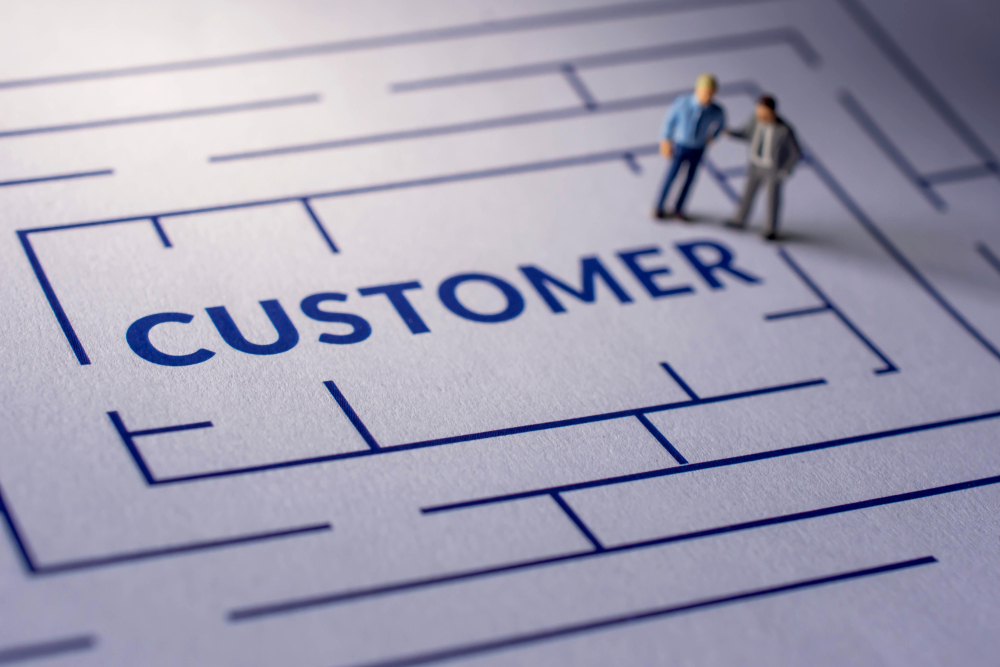The undeniable reality today is that customers not only hold the key to an organisation’s success and are at the heart of every business decision, but most importantly these customers are ever changing and evolving in their demands and wants. Wooing the customer by relevant offerings, creating contextual conversations and improving engagement programs are tasks that preoccupy present day customer-centric and successful organisations. Buoyed by the success that reflects to both the topline and bottom line by such customer focused programs, CX practice which was for many years a peripheral concept is being increasingly adopted by many organisations and has entered mainstream conversations.
Leaders of early adopter organisations are now forging ahead by stepping up integrating technology in CX programs as they have discerned the immense value it unlocks. This very rapid movement to the next level version is simplistically referred to as CX 2.0. CX 2.0 has interesting implications for practitioners of CX and marketing professionals, as they hunker down to firm up strategies and prepare to justify budgetary allocation for programs impacting the next year and beyond.
So, what does CX 2.0 entail in this post pandemic world which is characterised by on one hand the availability of multiple flexible technology solutions that suit every pocket and situation and on the other hand, a receptive customer ever willing to embrace and adapt to newer offerings? In an ecosystem that is so clearly leaning towards increased digitization and technology adoption, a recent interaction at the Global Digital League event organised by the Economic Times showed that Industry specialists subscribe to this world view irrespective of the industry that they belonged to.
Let’s look at some key features which will characterize CX 2.0 in the near future:
Pace of Acceleration towards Customisation and Personalization will increasingly drive focussed conversations around both acquisitions and service. For the customer these are inseparable. The better you know about your customer, the better is the ‘fit’ of the solution you provide and the higher the success.
Customer Effort will surely be a consideration in measuring success of the quality of product or service. Shorn of any jargon: ‘simple and easy’ at every interaction with the customer will become preeminent. Here the reverse logic applies where organisations will need to work to progressively reduce their customers’ effort when dealing with the brand to create those lasting positive memories.
Accountability of the entire organisation and not a single department towards a better understanding and fulfillment of customer needs. No longer is it just the job of the service department or the complaints team that will drive a customer’s perception towards the quality of your brand’s product or service but every single function and team member will have to work cohesively to make it happen.
New needs and new opportunities will surface at a higher intensity- but your senses must be tuned to picking up these frequencies. Practitioners will need to watch out for these new opportunities and quickly move to fulfill such needs which can be expected to continue sprouting as more and more use cases become important enough to design and solution for. Look how work from home solutions, digital training, co-browsing, virtual mirrors, store pick up etc. fulfill new needs. Keep an eye out for interesting ‘new’ needs; ones that marketers had never encountered and practitioners had not even considered. Capitalize on this and it will be the difference between failure and success for your organisation.
In this ‘deal-laden’ world its just not enough to buy customer business and loyalty. It is important rather to pause and re-evaluate whether chasing customer acquisition to the detriment of neglecting or even alienating existing customers will bring lasting returns. Ponder if getting more share of wallet rather than more market share in these post COVID times will serve the interest of your organisation better. If so, re-orient strategies accordingly. Investing in better service quality especially the proactive and preemptive aspects may be a more worthwhile deployment of scare resources. You may need to jettison or temper the traditional acquisition-led thrust or at least question it dispassionately. This is significantly important even for those whose product lifecycles are longer. Connecting with customers, ‘speaking their language’ and building relationships to strengthen and increase per capita returns per customer is more likely to bring success than just discounts and promotions.
In a tough market situation which is constantly evolving, something akin to shifting sands on a shore, it is important to stay the course, keep an eye on and anchor your strategies to fulfill what is truly important to your customer. That is always a sound start point.
[author title=”Dr Jacqueline Mundkur ” image=”http://”][/author]



